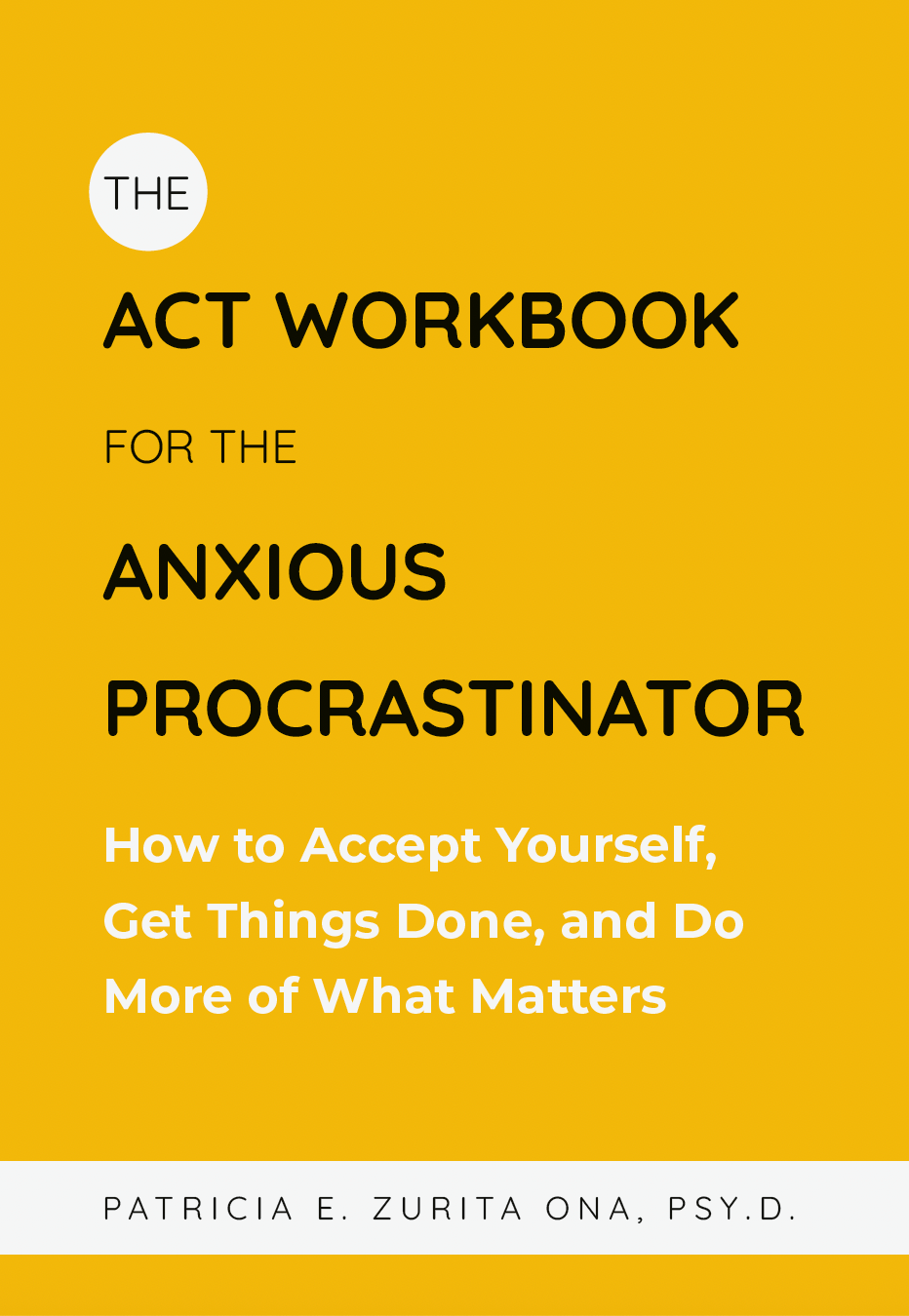
For a while, you’ve had a small habit of touching the corners of tables, desks, and other things. Over the past couple of months you have been dealing with a lot of stress in your life and your urge to touch corners has become something that you have trouble resisting. Lately you’ve noticed you have an uncontrollable urge to touch the corner of most books you see.
You may feel like something bad will happen if you don’t touch the corner. You might feel like you need to touch it so you “feel right.” Whatever the reason, you feel like you can’t move on with your day until you’ve given into touching these corners.
Your tendency to touch corners hasn’t been of concern for you till now, however, you were in an important meeting the other day when you again experienced the urge to touch the corner of the book on the desk. You tried to resist it for a few moments, but had an increasing feeling that something didn’t feel right. As this feeling grew stronger your mind became focused on touching the corner, telling you you will feel right again if you complete this task. You tried to fight this urge, not wanting to appear odd in this meeting. However, you are unable to prevent yourself from quickly reaching forward and nudging the spine of the book with your finger. Upon doing so all of the uncomfortable distress and thoughts about touching the corner subsided, leaving you feeling refreshed and energized.
Feeling increasing discomfort/distress in response to thoughts and urges from your mind and then a need to act out behaviors to decrease this distress can be a form of obsessive compulsive disorder (OCD). The most effective treatment for OCD is “exposure with response prevention” (ERP). If touching corners (or anything) is something that is causing distress or impairment in your life, ERP can assist in building tolerance for the distress the comes when thoughts of touching are triggered. ERP consists of intentionally putting oneself into situations that activate a problematic urge and then not acting on that urge. For example, looking at books on a desk and not touching the corners.
[bctt tweet=”ERP consists of intentionally putting oneself into situations that activate a problematic urge and then not acting on that urge.” username=”BehaviorChange_”]
If this blog seems to maybe apply to your own life here is a suggestion for how to try ERP on your own. First identify what triggers your distressing urges to touch corners. You will use this trigger to activate exposure. Next, write down some of the thoughts, feelings, urges, and physical sensations that are driving you to touch the corners (obsessions). You will observe these thoughts/feelings/sensations/urges during the exposure. Finally prepare for the “response prevention” by writing down all of the things you might do to feel better (compulsions) or to avoid the triggering situation; during the exposure your goal will be to prevent yourself from using any of these strategies. Be aware! Compulsions can be obvious to the naked eye (overt) or present mainly internally (covert).
Timothy tried this out for his urge to touch the corner of any book laying down flat on a table:
• Identify specific triggers: coffee table at home, books on teachers desk, books on ground in front of classroom library, and books on the lunch table.
• Write down obsessions: “I need to touch that book corner. Do it.” Tingling feeling in stomach.
• Write down compulsions: Touching book corner (overt) or keeping finger on book corner until it “feels right” (covert)
• Write down avoidance: Coming back door to prevent passing by coffee table, having friend turn in assignments so you don’t see books on teachers desk, and eating lunch on the playground instead of where others read during lunch
Before doing an exposure write down your expectations:
Timothy wrote: I think that if I do an exposure of not touching the books on the coffee table when I come home that I will experience an overwhelming feeling of distress. I will feel it in my stomach and my fingers will start to ache a minute after seeing the books on the table.
After the exposure write what actually happened:
Timothy wrote: I had an uncomfortable feeling in my stomach for 2 minutes and my whole hand was tingling for a minute.
At the end of your exposure take a note of what you noticed or learned.
Timothy wrote: I noticed that my uncomfortable feeling lasted for a few minutes, but I was able to have that feeling. It was doable.






